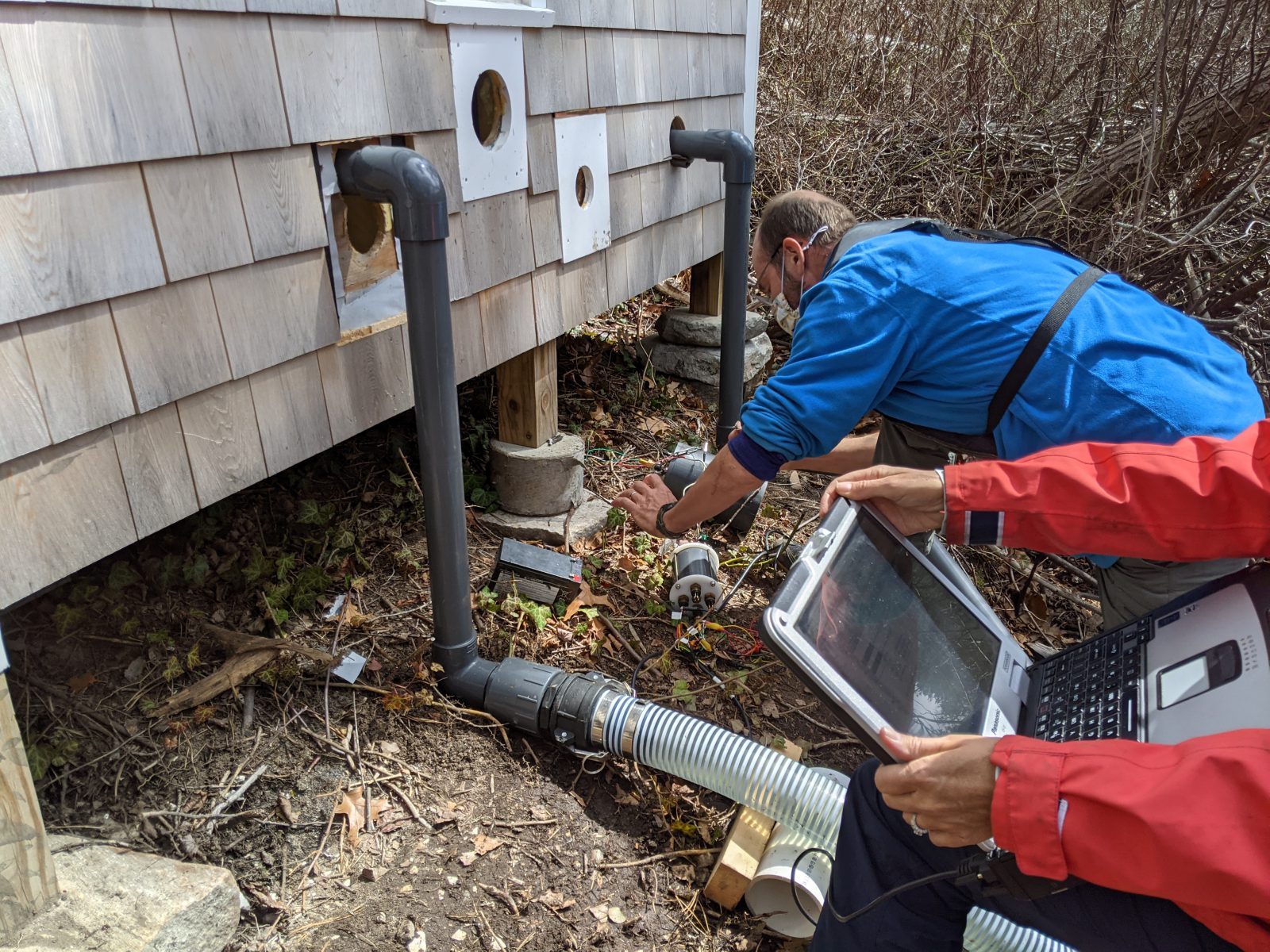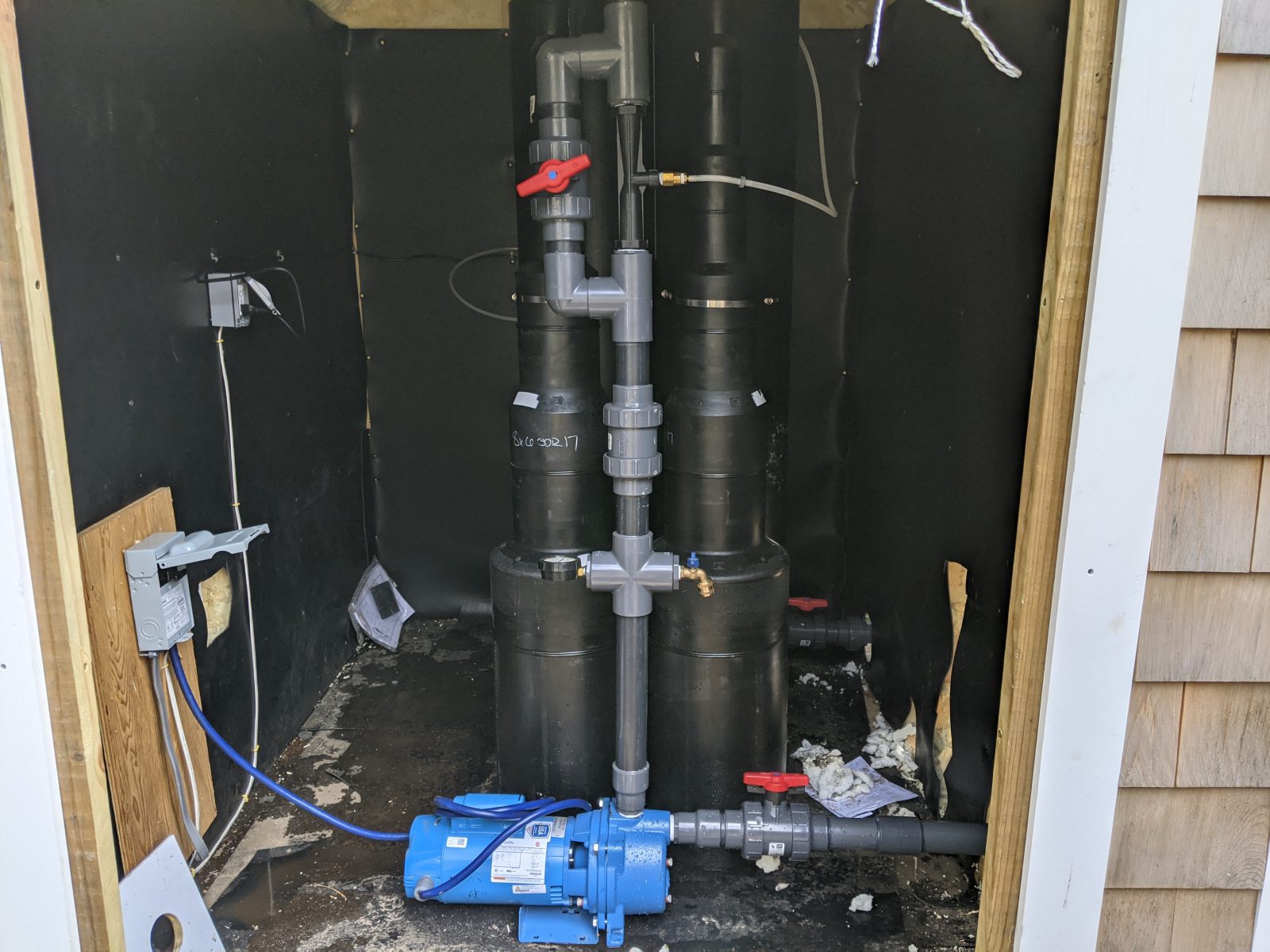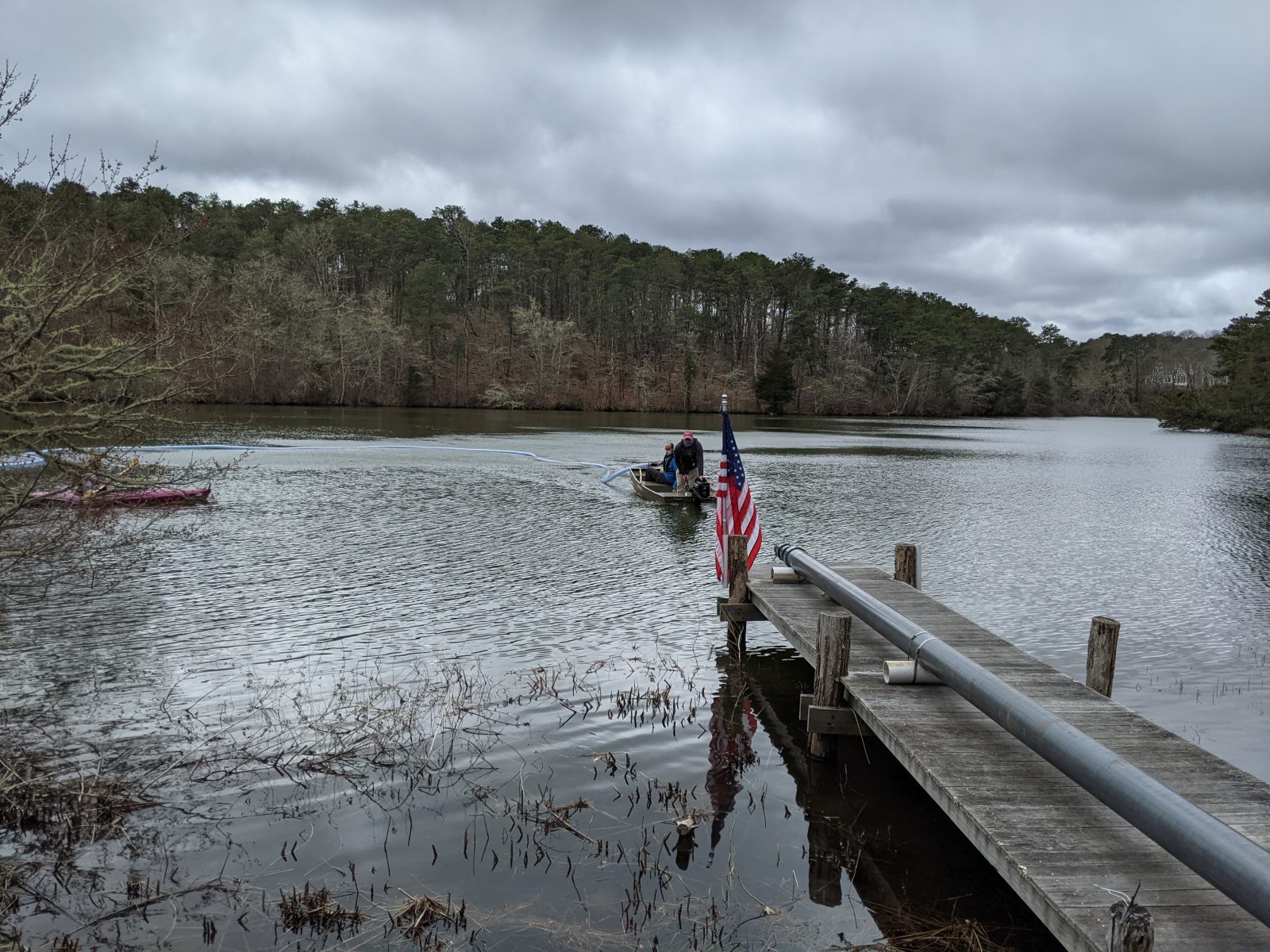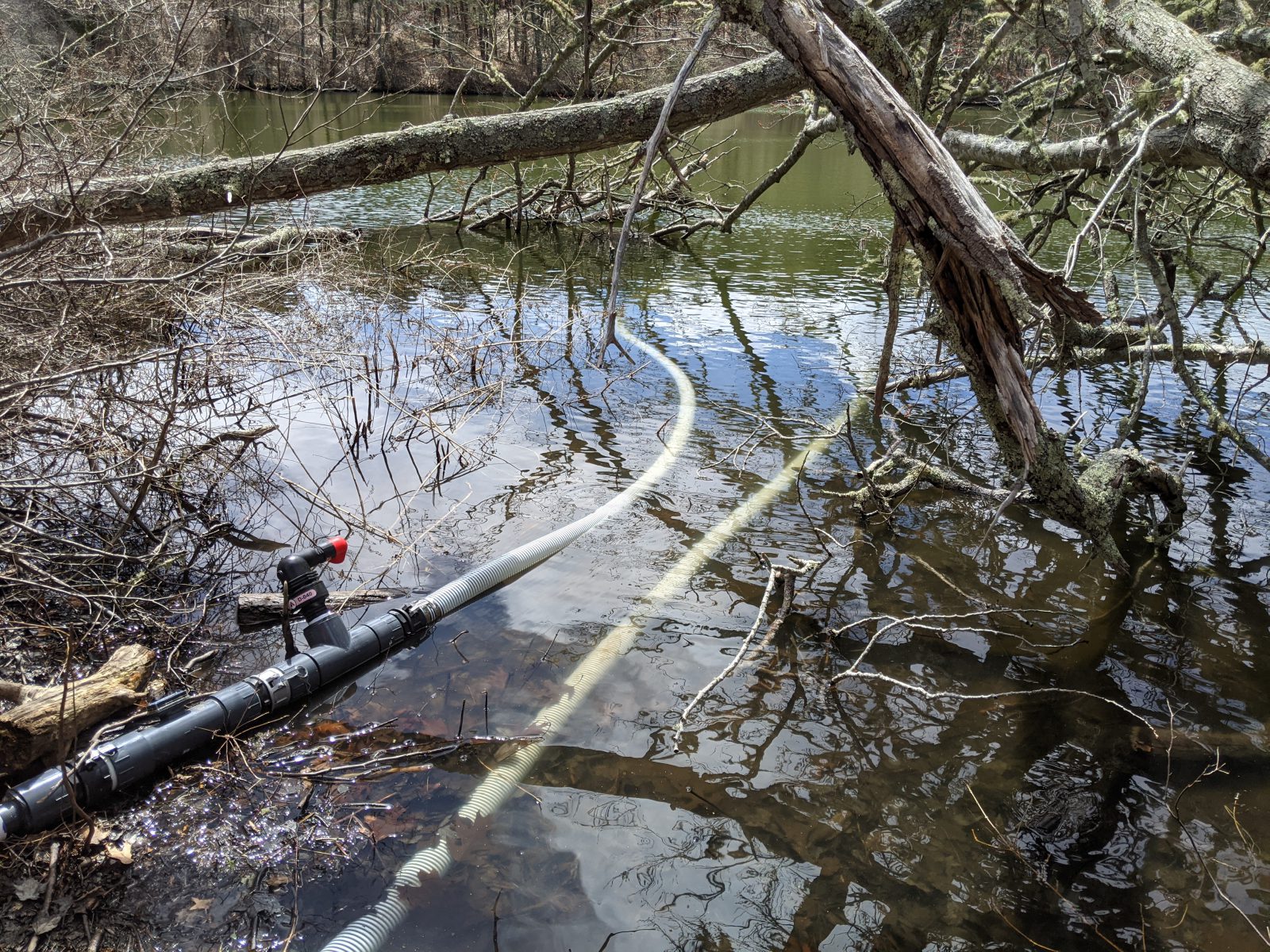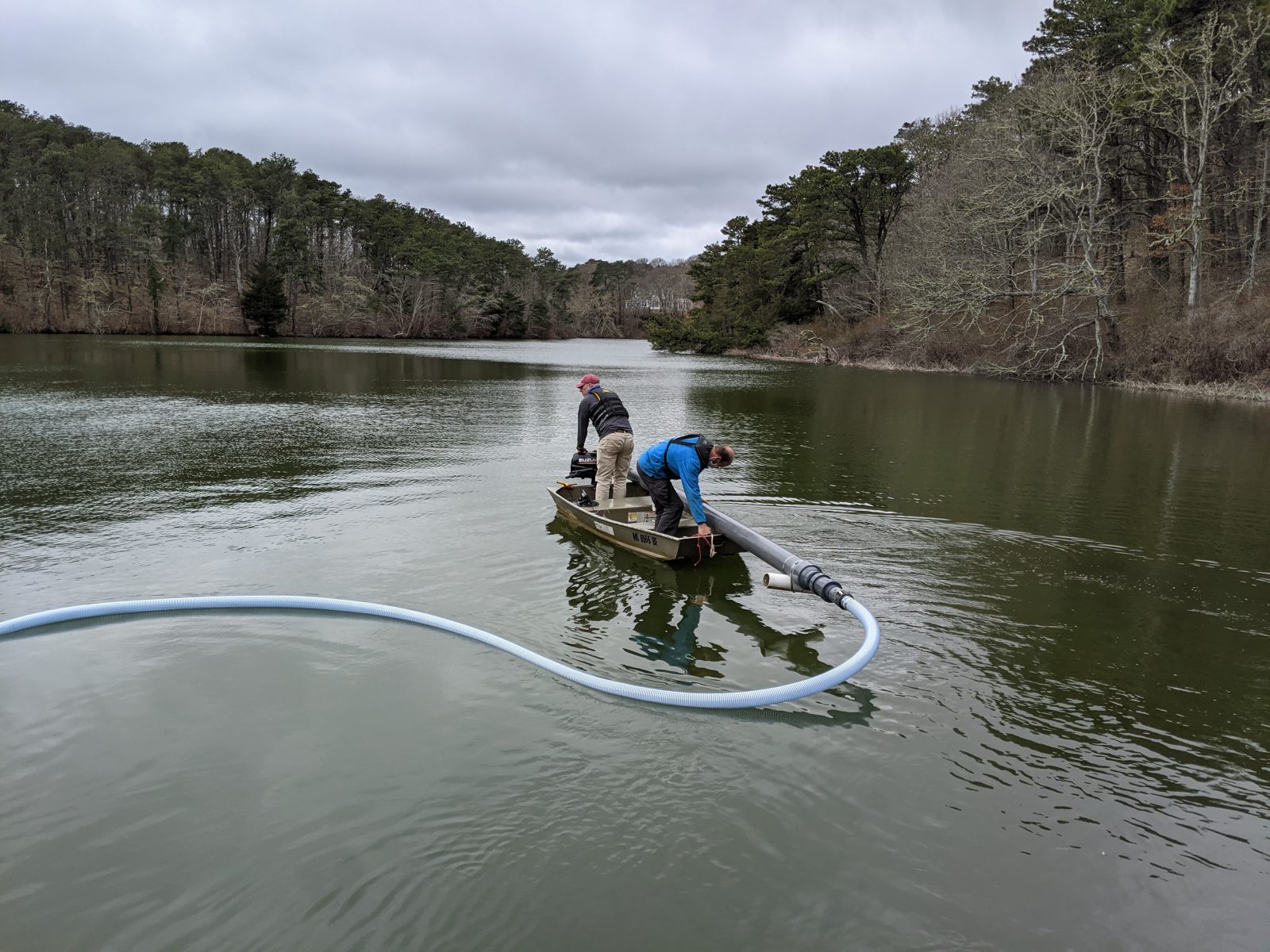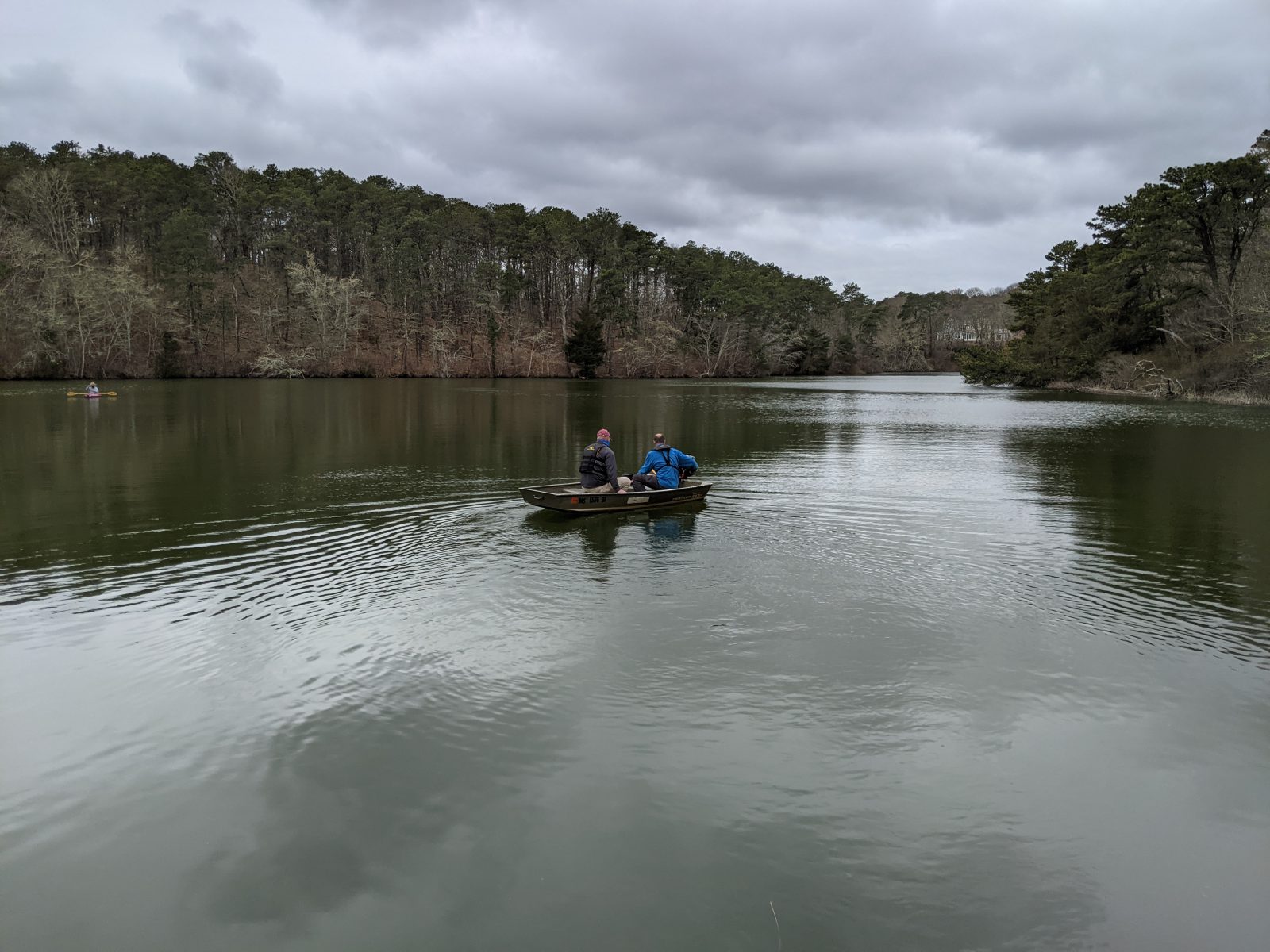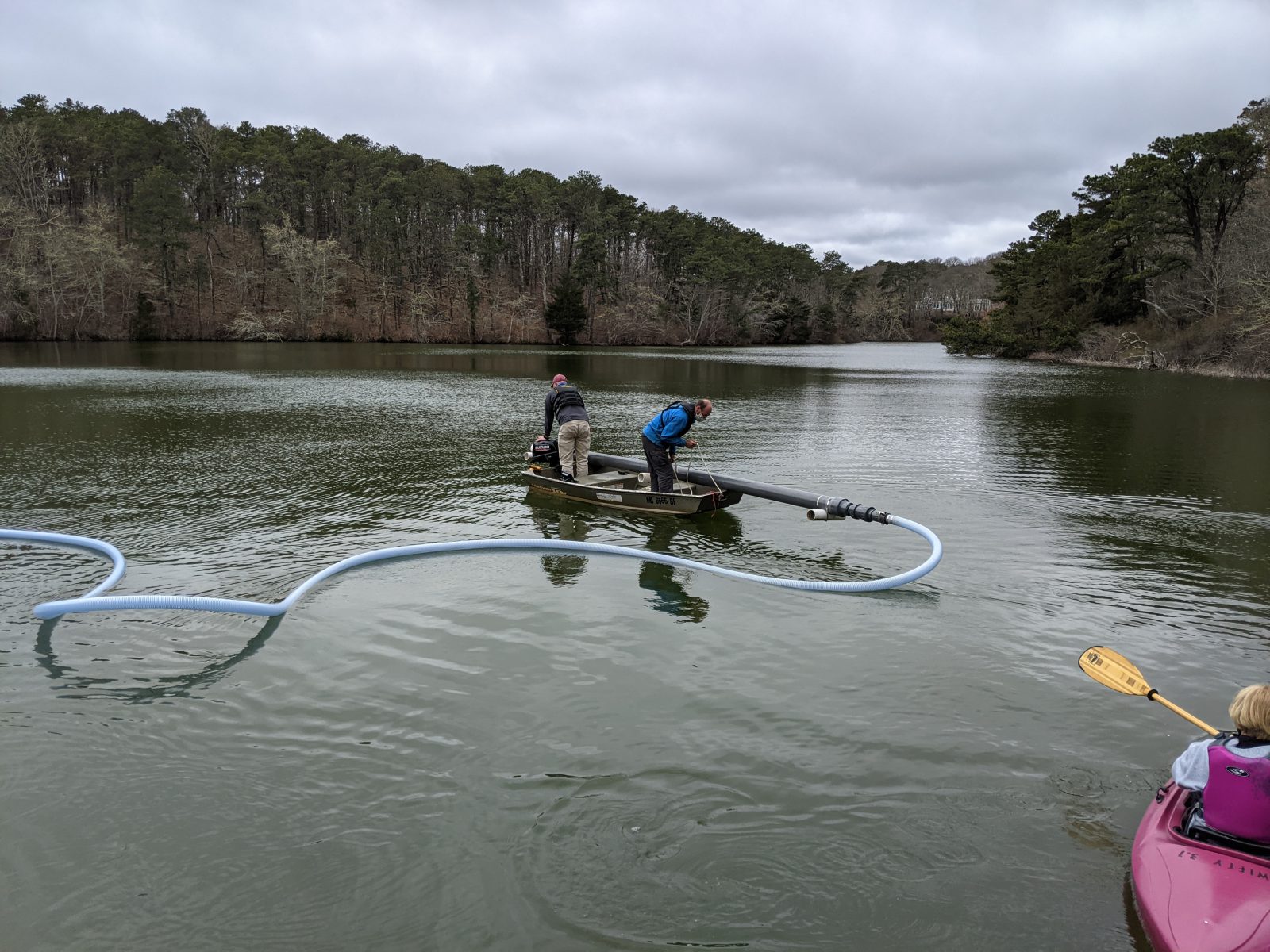
Oxygen Saturation Technology
One of the biggest challenges in lake and pond management is maintaining sufficient oxygen levels in the water column. Dissolved oxygen is an important factor in maintaining good water quality, thereby limiting the potential for common water quality issues such as nuisance algae, toxic cyanobacteria, fish kills, bottom muck, and other undesirable conditions. Luckily, a variety of traditional and modern solutions are available to help correct oxygen deficiencies.
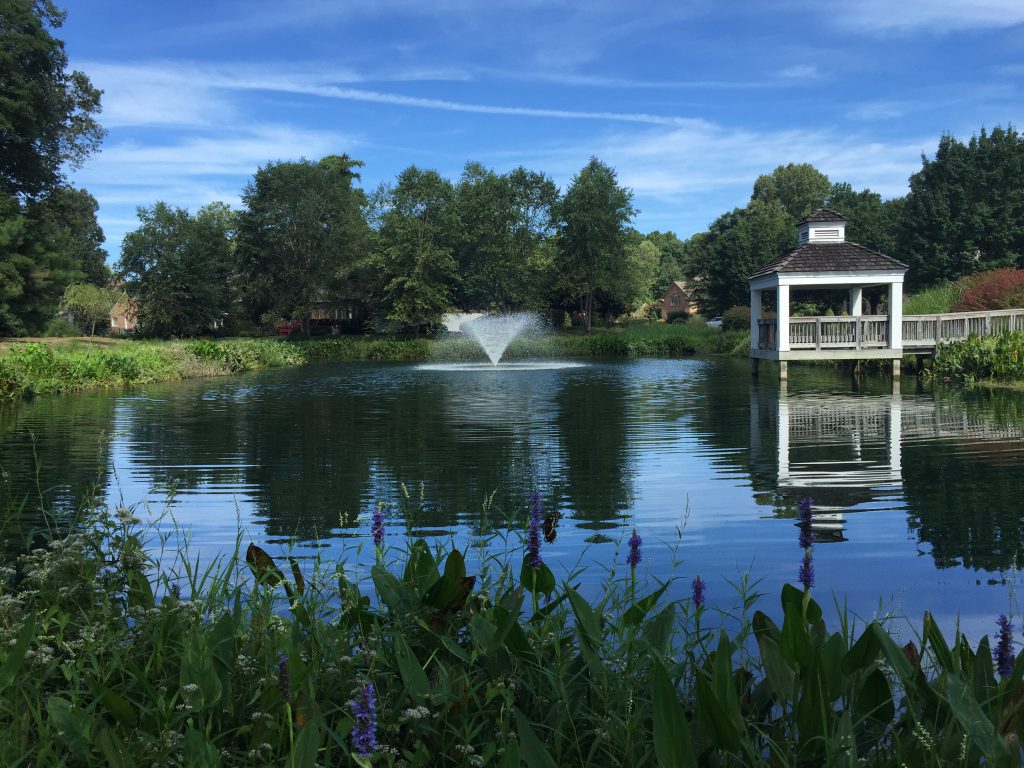
Traditional oxygenation solutions such as floating fountains and submersed aeration systems do help increase dissolved oxygen levels and also have additional water quality management benefits; however, they have some limitations when it comes to maintaining optimal dissolved oxygen levels.
In line with SOLitude’s continued commitment to advancing the lake management industry with new innovations, we are excited to offer Oxygen Saturation Technology (OST), a premium water quality management solution that targets lake anoxia and water quality problems at the source – the sediment. This game-changing tool is an essential development, because it allows us to support your water resources in a way that’s never been possible until now.
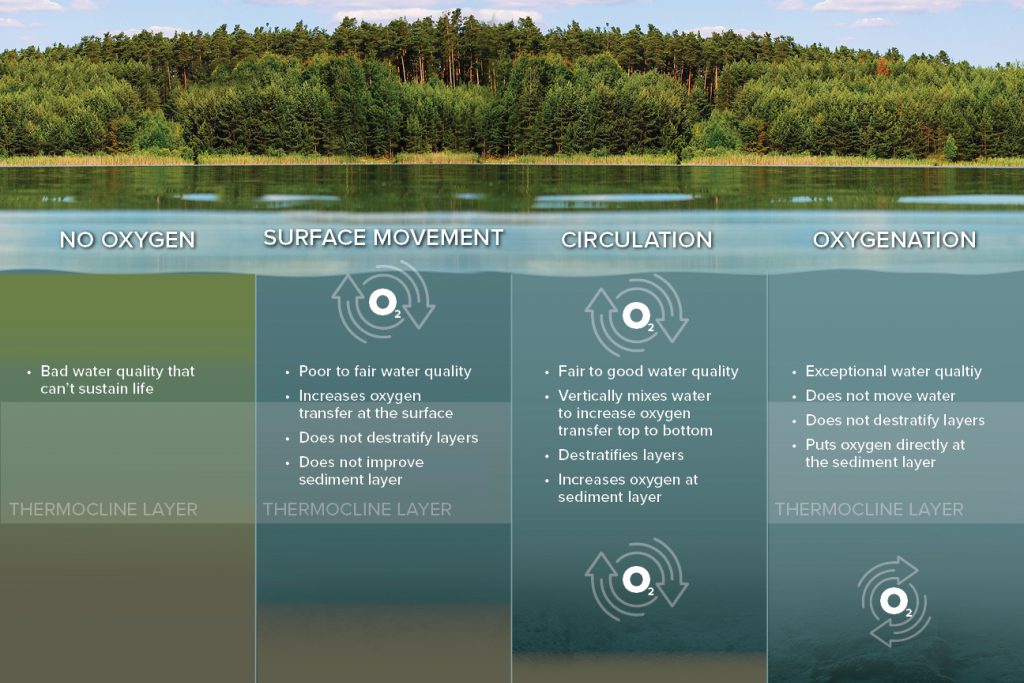
Oxygen Saturation Technology uses oxygen, not air bubbles, to enhance water quality.
Oxygen Saturation Technology is a patent-pending innovation used to administer precise concentrations of oxygen at strategic depths in a waterbody. Unlike other lake and pond aeration solutions, OST treats oxygen deficiencies in areas specifically targeted based on the position and volume of anoxic water.
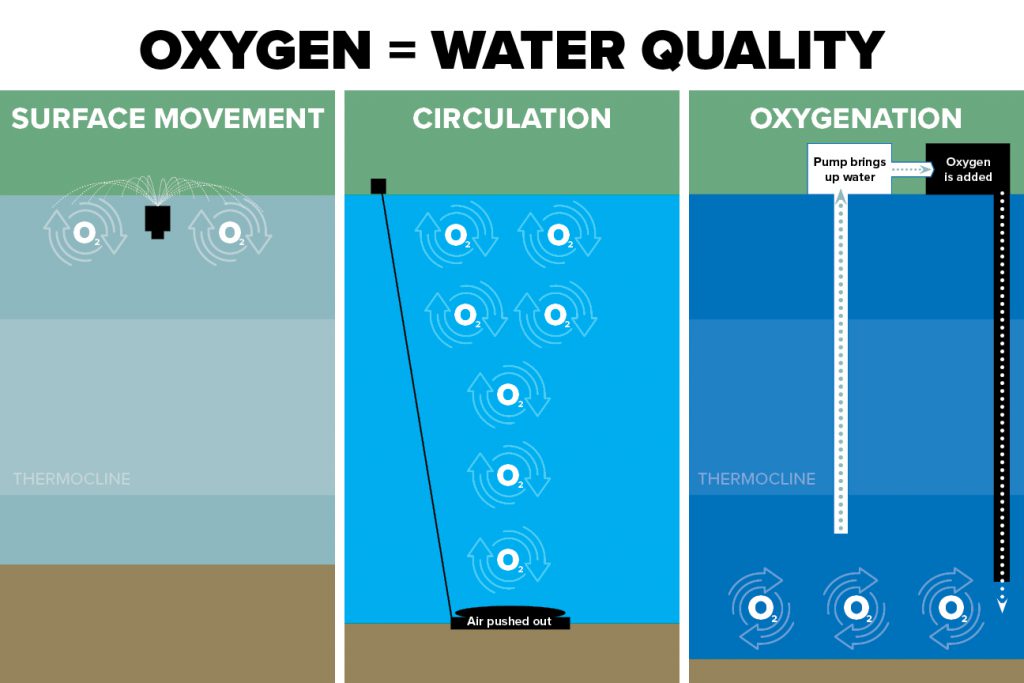
How Does It Work?
Oxygen Saturation Technology systems are equipped with suction and discharge lines that pull water into an onshore chamber. Inside, oxygen is injected at low pressure to fully dissolve and incorporate it into the water. The enriched water is then dispersed across and into the bottom sediments, where it will remain without flowing up and down or altering thermal stratification.
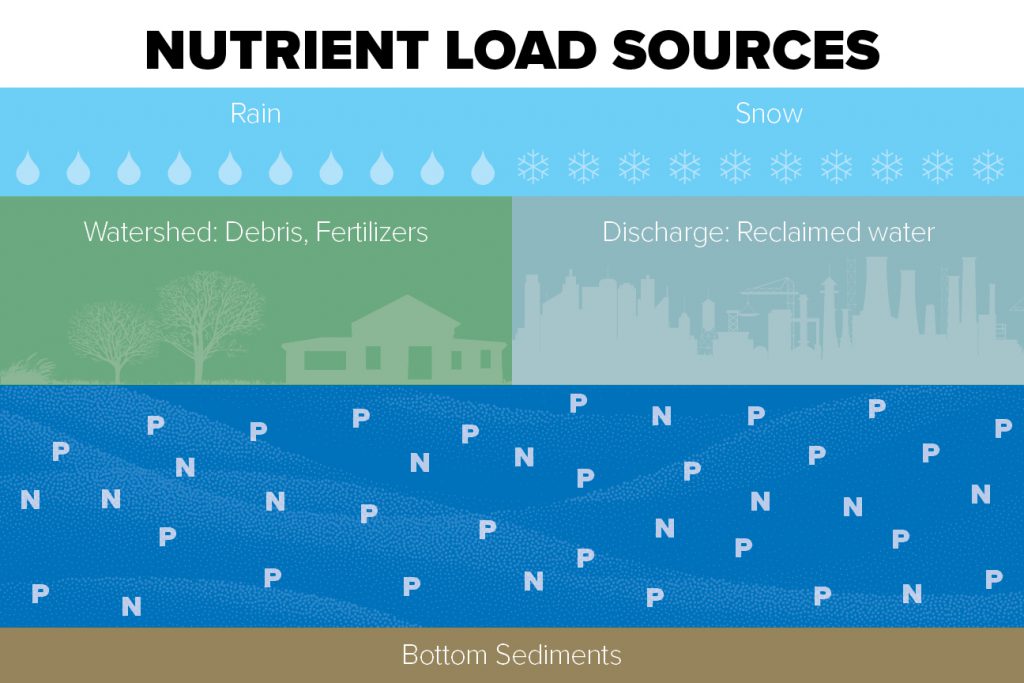
Why Is It Beneficial?
Oxygen helps promote the beneficial bacteria that aid in the natural decomposition of organic matter. Bottom muck is one of the biggest sources of bad odors and nutrient pollution in lakes and ponds so this process of “digestion.” The oxygen saturates the bottom sediment which helps reduce organic muck build-up.
Likewise, oxygen creates water quality conditions that are less conducive to the development of nuisance pondweeds, algae, and toxic cyanobacteria. Rather than sustaining undesirable growth, nutrients are converted to forms that are unavailable for plant uptake. This helps reduce the reliance on chemical solutions to control algae and aquatic weed growth.
An abundance of oxygen is also key in supporting beneficial microbes and native plant and animal life. When an aquatic habitat is healthy and flourishing it is less likely to experience poor and unsightly conditions.
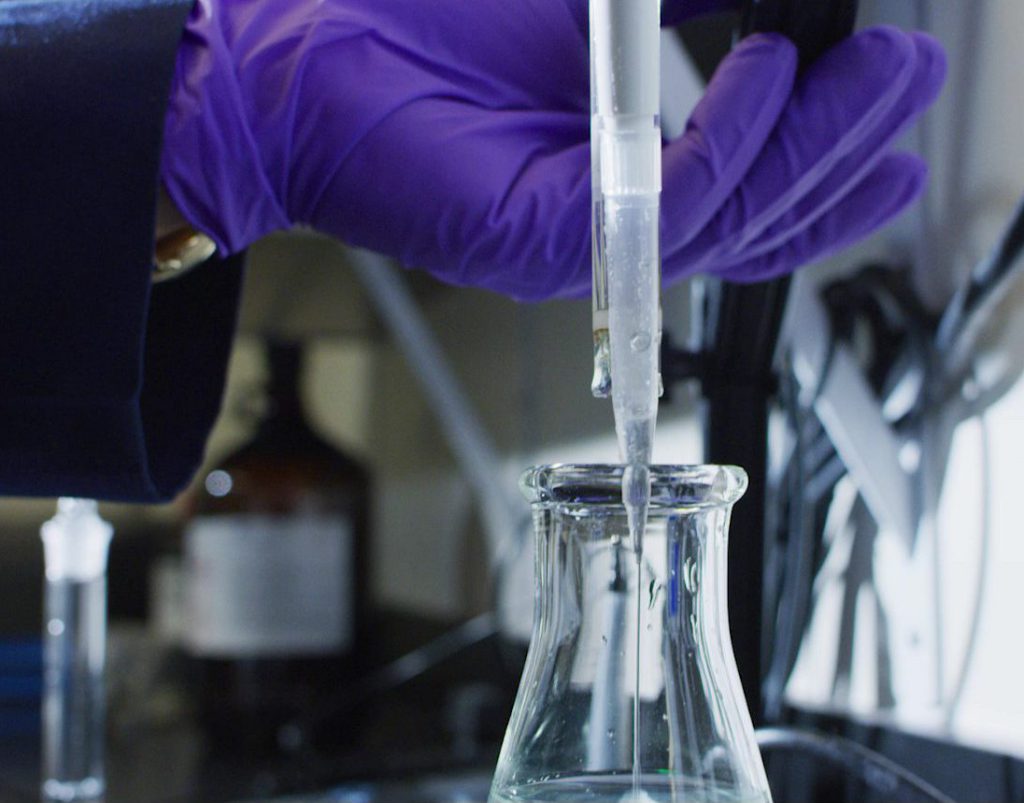
Is My Waterbody A Candidate?
All waterbodies are different, which is why a professional examination is necessary prior to implement any service. To determine if Oxygen Saturation Technology is the right solution for your water resources, aquatic specialists may utilize different types of information and data gathering techniques.
- Water quality testing – testing parameters like dissolved oxygen levels and nutrient concentrations help identify imbalances and create a management plan
- Bathymetric mapping – a survey of waterbody depth and bottom contours helps determine target areas and proper equipment placement
- Surface Area – OST systems are modular, making them a suitable solution for waterbodies of all shapes and sizes.
- Budget – while this technology is a more costly upfront investment than other aeration solutions, especially in smaller waterbodies, it typically provides the best value at the lowest cost relative to long-term results
- Goals – defining your goals will help aquatic specialists choose strategies that ensure your expectations are exceeded
“At Sarah’s Pond in Orleans, MA, we tried multiple aeration solutions over the course of one year. Due to the unique challenges of this pond, we could not achieve the desired dissolved oxygen levels and began seeking an alternate approach. OST got us there in three days.”
Marc Bellaud
Aquatic Biologist & Director of Technical Services
Seeing Is Believing
Oxygen Saturation Technology is backed by extensive research and testing by respected scientists and thought leaders. This new and distinct management approach is another milestone in the lake management industry – with many more to come! Make sure your waterbody is supported by these and other premium solutions through an annual management program, which will help you maximize your time, budget, and enjoyment of the water for years to come.








